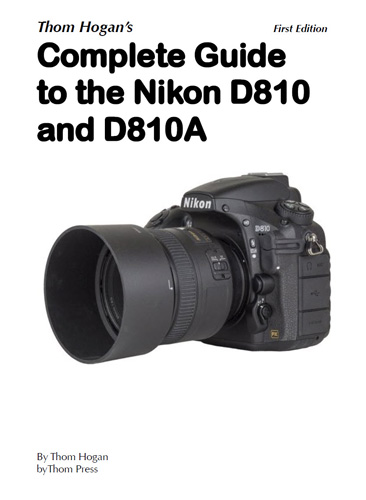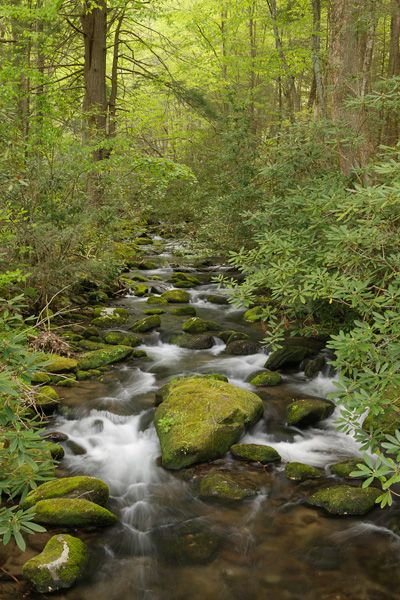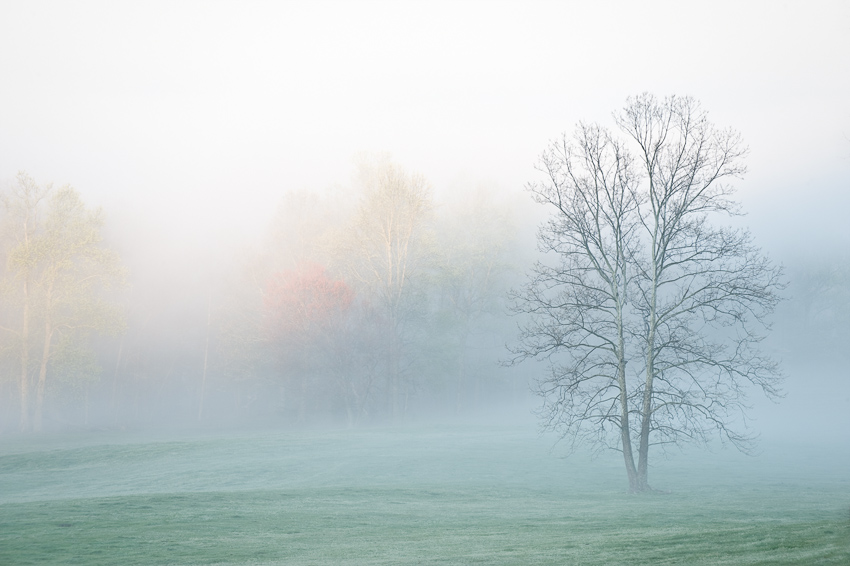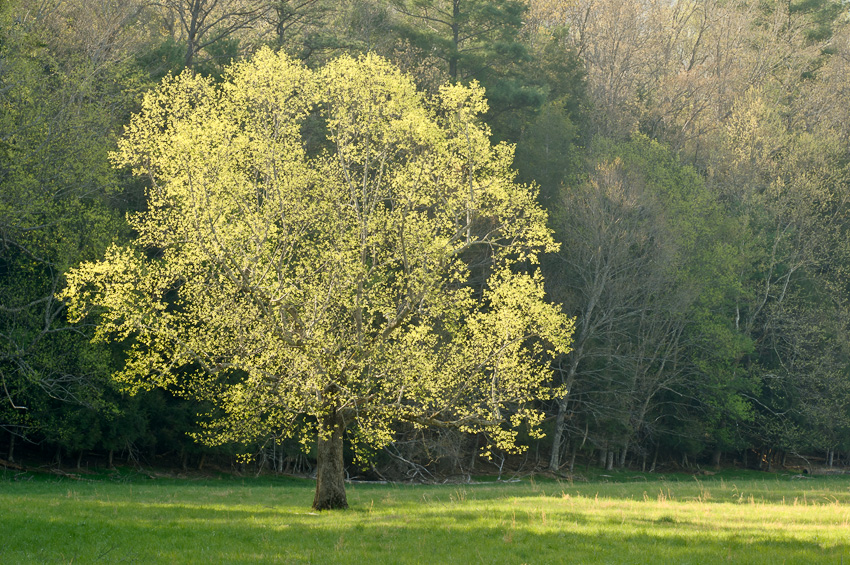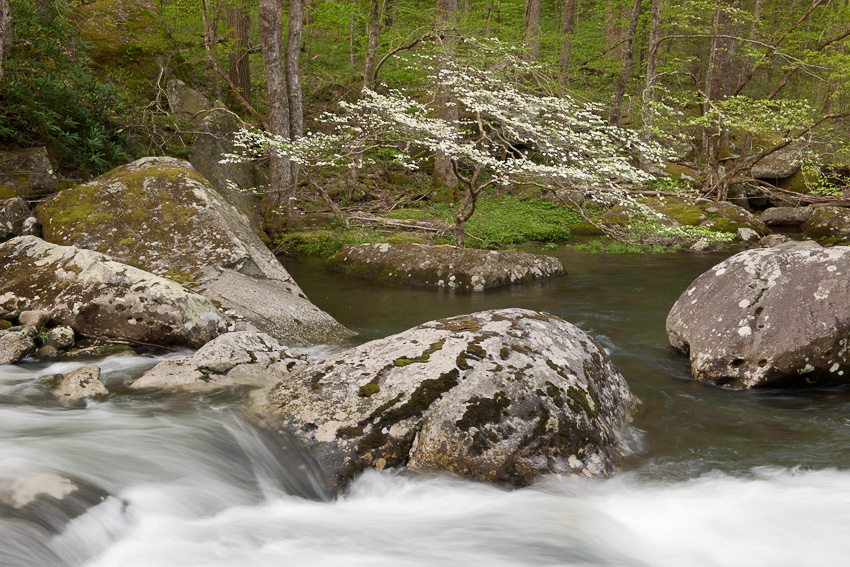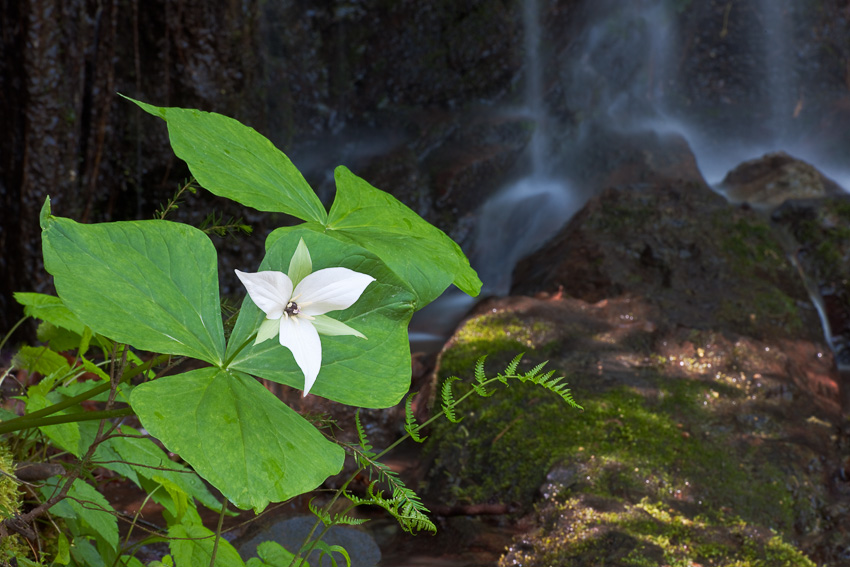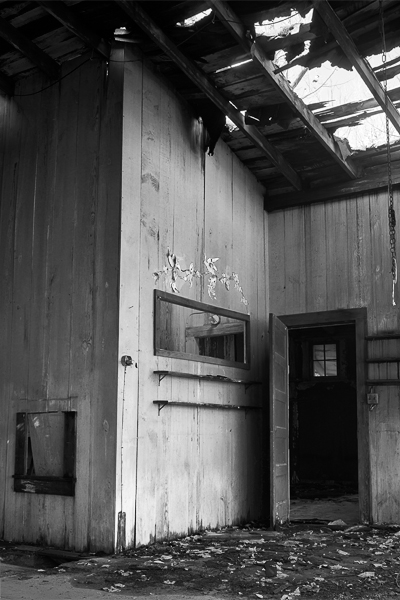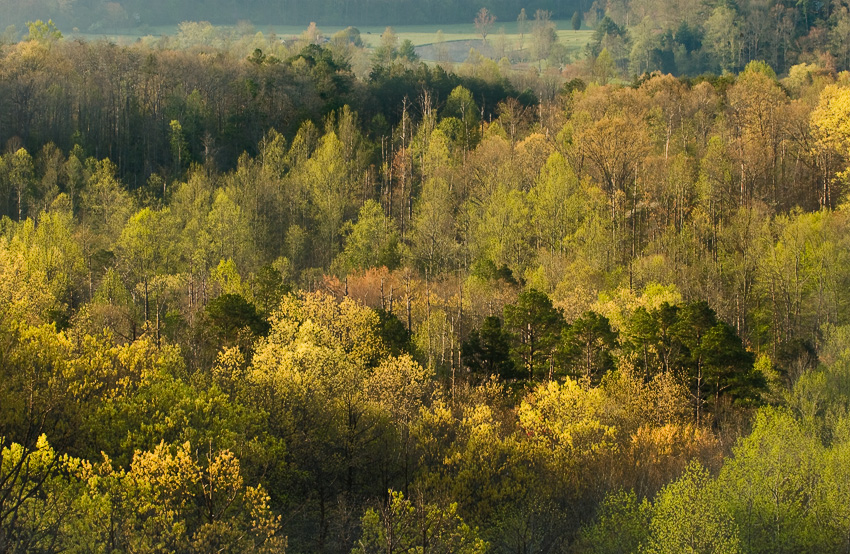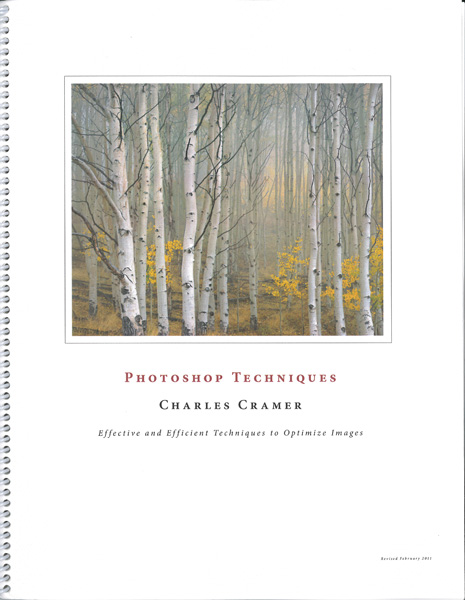Without question, the Nikon D850 is the best camera I’ve ever owned. I love everything from how it handles to its astoundingly detailed image files. Even if you’ve read about it elsewhere online, you owe it to yourself to check out Steve Perry’s video and written reviews: Steve Perry’s Nikon D850 Review.
Steve is an amazing wildlife and bird photographer with real-world experiences using most current Nikon DSLRs. From his experiences shooting tens of thousands of frames with multiple cameras in numerous photo shoots, Steve gives unvarnished, hands-on insights into the pluses and minuses of each camera.
While you’re on his website, if you’re a Nikon shooter, you owe it to yourself to get his Nikon autofocus book. It’s invaluable. You’ll understand how all the modes work, and when best to use them: Secrets to Nikon Autofocus System.
Regardless of what camera system you use, any wildlife or bird shooter will greatly benefit from his Secrets to Stunning Wildlife Photography book: Secrets to Stunning Wildlife Photography. I don’t do much wildlife or bird photography myself, but I enjoyed and learned a lot from his book. After reading it, I’ve referred back to it a number of times for specific refreshers.
Steve’s blog posts and videos are well done, to the point, and chock full of information. Both books are well-written, immediately useful, and filled with wonderful images. Check it all out!

